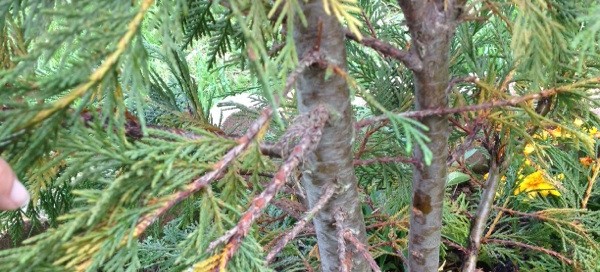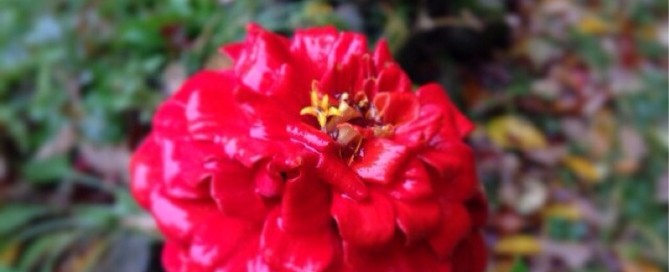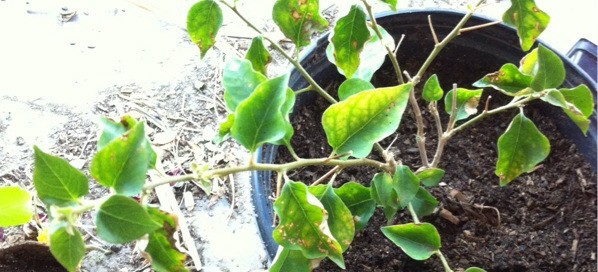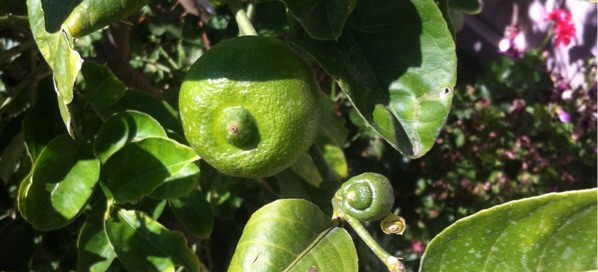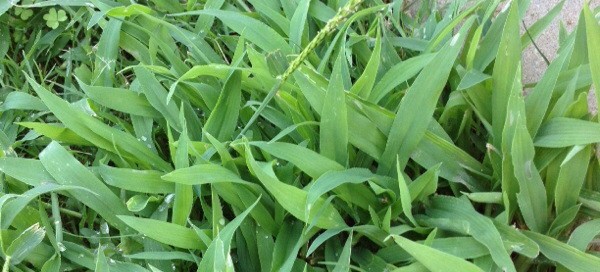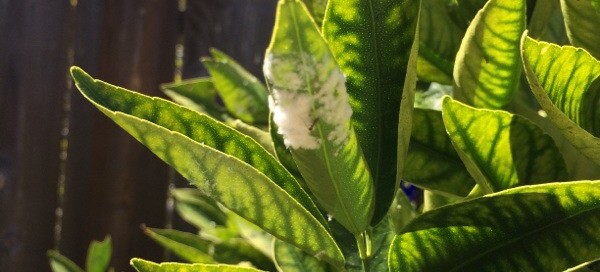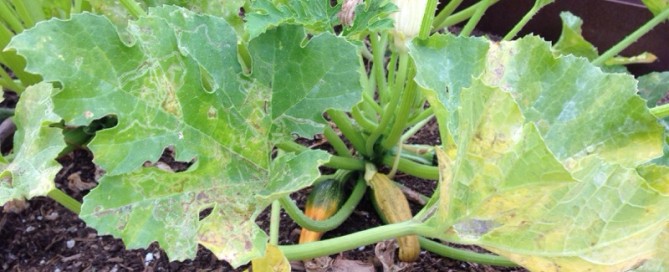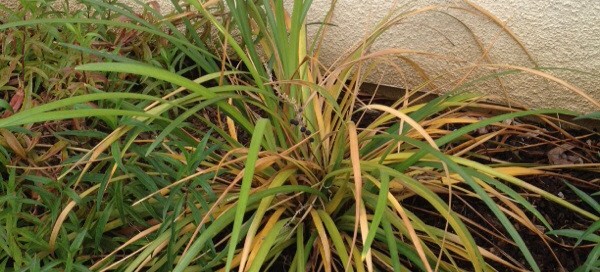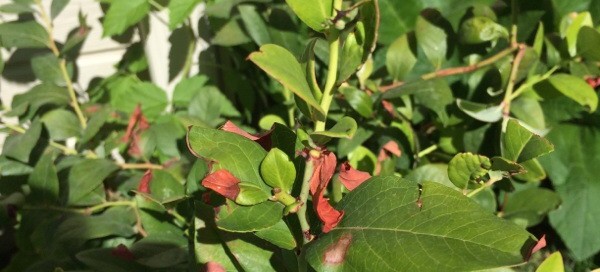Cypress Problem
There could be a variety of factors but probably most important, if this is a Cupressus genus, most species only need water about twice a month - every day is too much. Also, it might be suffering from transplant shock - some of the roots may have been damaged during the transplanting process and will need time to recover. When you dug the new planting hole it should have been twice the size of the root ball and planted at the same level as its original container - it should not be planted too deep. Also apply a 2-3 inch layer of mulch around the plant (but not up against the base of the cypress) to help protect the young roots from temperature fluctuations. Finally cypress do best in full sun, in well-draining soil and fed with a slow release or organic fertilizer formulated for conifers. We hope your plant recovers and good luck! Suggest you contact your local garden center to confirm the problems and recommendations as well.
